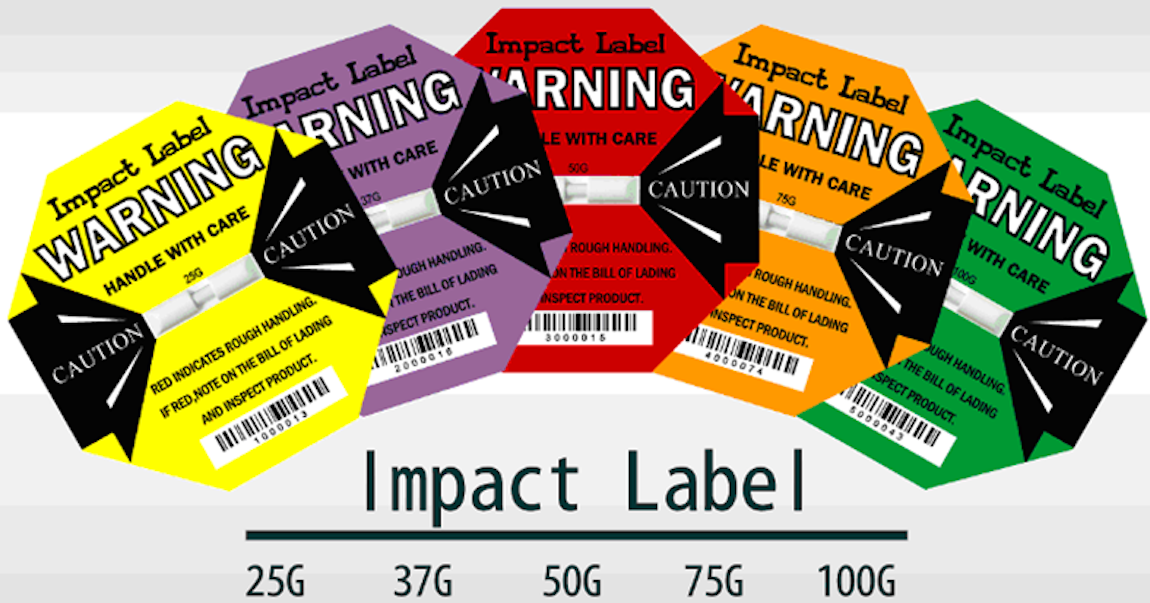In this article, we bring you the top 4 pain points of electronics packaging, and explain just how they can be avoided.
1. Electrostatic discharge (ESD)
Static charges, or electrostatic discharge (ESD), is the sudden flow of electricity between two electrically charged objects. It can result in a range of issues for packaged electronic devices and can be caused by two separate events:
- Static electricity – This is often generated through tribocharging, the separation of electrical charges that occurs when two materials are brought into contact and then separated – think about rubbing a balloon on your hair, the static electricity created here is through tribocharging.
- Electrostatic induction – This occurs when an electrically charged object is placed near a conductive object isolated from the ground. The presence of this charged object creates an electrostatic field that causes electrostatic charges on the surface of the electrical device.
To put things simply, ESD is a tiny version of lighting.
Whilst ESD may not necessarily cause visible damage on its first instance, over time, repeated cases of ESD will shorten a products lifespan, and at worst case, cause catastrophic failure.
So, what exactly can be done to prevent ESD during storage and shipment?
With an extensive range of ESD protective packaging products, you’re able to store and ship your electronics without the worry of static charge damages. From anti-static polythene bags, through to open top and zip top metalized bags, there’s a cost-effective solution out there to suit your packaging and business needs.



